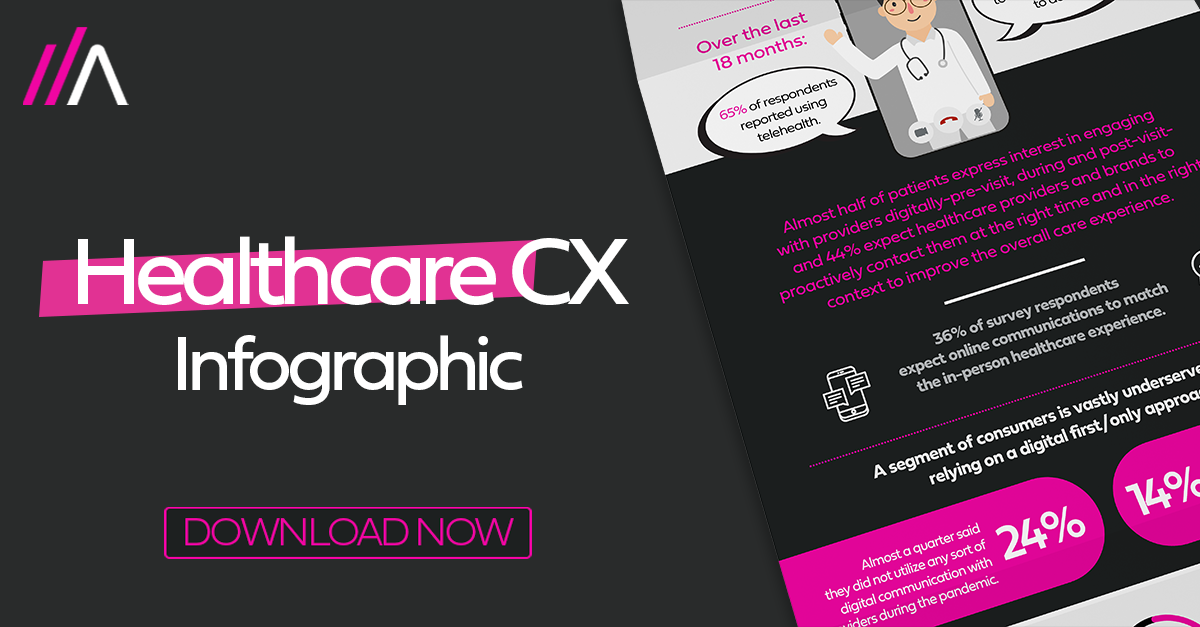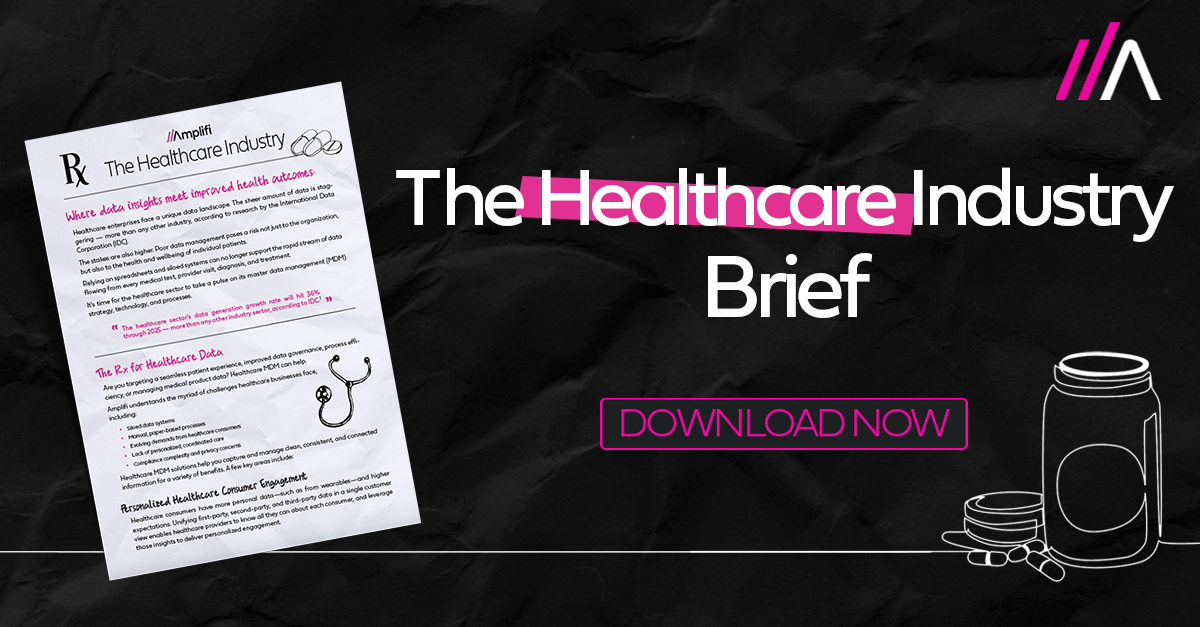You can’t put a price on your health. But if you could, it would be about $12,530 per U.S. person each year.1 Every dollar represents a healthcare consumer increasingly equipped with personal data and higher expectations.
This trend is so significant that Gartner suggests healthcare CIOs make consumer engagement a top-level initiative. Their advice? Adopt a three-tiered generations model that helps organizations “act as one” to improve the healthcare consumer experience (CX).
If that sounds like a mouthful, don’t worry. In this three-part blog series, we’re diving into:
- What healthcare consumers really want,
- The aspects of Gartner’s three-generation model,
- And tangible steps you can take to “act as one” to benefit the evolving healthcare consumer.
Just how important is personalization in healthcare?
Recently, our partner Redpoint Global conducted a survey of more than 1,000 US healthcare consumers. Its findings reveal that providers, insurers, and others in the healthcare ecosystem take a big risk when ignoring patient personalization.
- A majority of consumers surveyed (60%) said they would choose a provider based on how well the provider understands them, so that the experience is relevant and personalized.
- Thirty-nine percent of respondents reported that a personal understanding was an expectation when engaging with their providers.
- Examples of a personal understanding include an expectation that a healthcare provider proactively contacts a patient—at the right time and in the right context—to improve wellness and care (cited by 44% of respondents).
What type of experiences do healthcare consumers prefer?
In the Redpoint study, healthcare consumers put an emphasis on digital engagement. Thirty-six percent also noted they expect communications from a provider to match in-person experiences in terms of relevance, consistency, and outcomes.
A majority of respondents (80%) said that they prefer to use digital channels (e.g., online messaging, virtual appointments, and text) to communicate with healthcare providers and brands at least some of the time — and 44% prefer digital communications most of the time.
The COVID-19 pandemic undoubtedly played a role in digital reliance. But even as social distancing wanes, digital-first communication continues to be the expectation and standard. Over the last 18 months, 65% of respondents reported using telehealth, and 34% say they want to continue to do so regularly.
How should healthcare organizations respond?
Redpoint’s study reveals an enormous cultural shift in the delivery of healthcare services. Digital acceleration, combined with solidifying expectations for personalization, puts pressure on healthcare organizations to think more strategically about their patients’ data.
In the next post of our series, we’ll explain how healthcare organizations can move the needle by leveraging a customer data platform and Gartner’s three-generation model.
For more consumer survey insights—and to learn how Amplifi and Redpoint Global empower healthcare organizations—download our infographic or reach out to our team.



